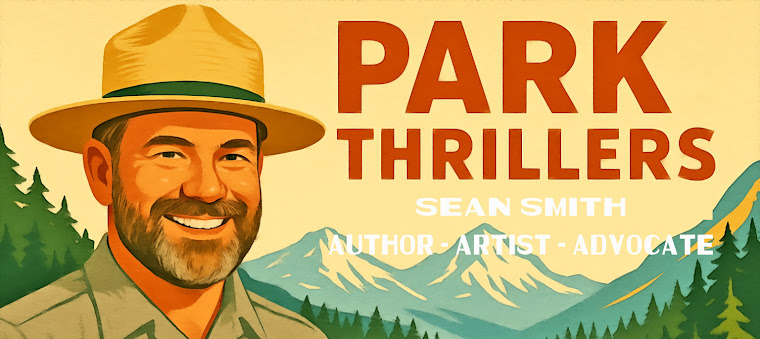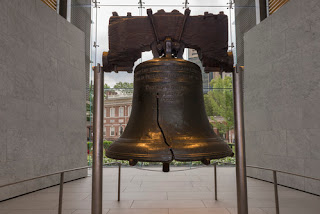 |
| National Park Service ranger in Zion Canyon ~ NPS |
The Role of Park Rangers
Park rangers are the custodians of our national parks, wildlife reserves, and protected areas. Their responsibilities go beyond merely guiding visitors and ensuring their safety. Rangers are entrusted with safeguarding our natural heritage for future generations. They patrol remote and challenging terrains, monitor wildlife populations, prevent illegal activities such as poaching and deforestation, and educate the public on the importance of conservation.
The Perils of the Profession
The job of a park ranger is not for the faint-hearted. These brave souls put their lives on the line to protect wildlife and wild spaces. Often, they find themselves face-to-face with poachers armed with dangerous weapons, and some have even made the ultimate sacrifice in the line of duty. Despite the risks, their unwavering commitment to safeguarding biodiversity and preserving natural wonders inspires us all.
Conservation Amidst Challenges
World Ranger Day is not just about celebrating the bravery and dedication of park rangers; it is also a reminder of the challenges they face daily. Climate change, habitat destruction, and the illegal wildlife trade are just a few pressing issues they confront. Additionally, inadequate funding and limited resources often hinder their efforts, making their work even more challenging. Today, we must acknowledge these obstacles and advocate for better support and protection for these environmental heroes.
Global Collaboration for Conservation
World Ranger Day also serves as a platform to promote international collaboration for conservation. Many ranger organizations and non-profit groups come together on this day to raise awareness and funds for ranger welfare and training programs. By supporting these initiatives, we enhance ranger skills, knowledge, and safety, ultimately empowering them to better protect the natural wonders we cherish.
How Can You Make a Difference?
As individuals, we can contribute to the cause of conservation and support park rangers in various ways. Here are a few suggestions:
Spread Awareness: Share information about World Ranger Day and the crucial role of park rangers on social media and among your friends and family.
Support Conservation Organizations: Contribute to reputable organizations that protect wildlife and support the welfare of park rangers.
Responsible Tourism: When visiting national parks and protected areas, practice responsible tourism by following park rules and guidelines to minimize environmental impact.
Volunteer Opportunities: If possible, get involved in local conservation efforts or volunteer for projects that support park rangers and protected areas.
Educate Yourself: Learn about the issues facing our natural world and stay informed about current conservation initiatives and challenges.
On this World Ranger Day, let us celebrate and honor park rangers' courage, dedication, and sacrifice worldwide. They are the guardians of our planet's biodiversity and the custodians of our natural heritage. By supporting and standing with them, we can make a meaningful difference in preserving the beauty and balance of our shared world.










